In the video above, Samtec’s Jignesh Shah and Kevin Burt explain that as data rate requirements approach and surpass 112 Gbps PAM4, developers are challenged with balancing increasing throughput, scalability, and density demands with concerns such as power consumption, signal integrity, time-to-market, and of course cost.
To hit these speeds, designers often have to use special board laminate materials with lower dielectric constants and dissipation factors. But the problem is, these materials are very expensive.
Another challenge, even with these exotic materials, is the trace lengths on the boards are still relatively short. As the chart below shows, even using expensive, high speed PCB materials, it’s difficult to have trace lengths of any significant distance.
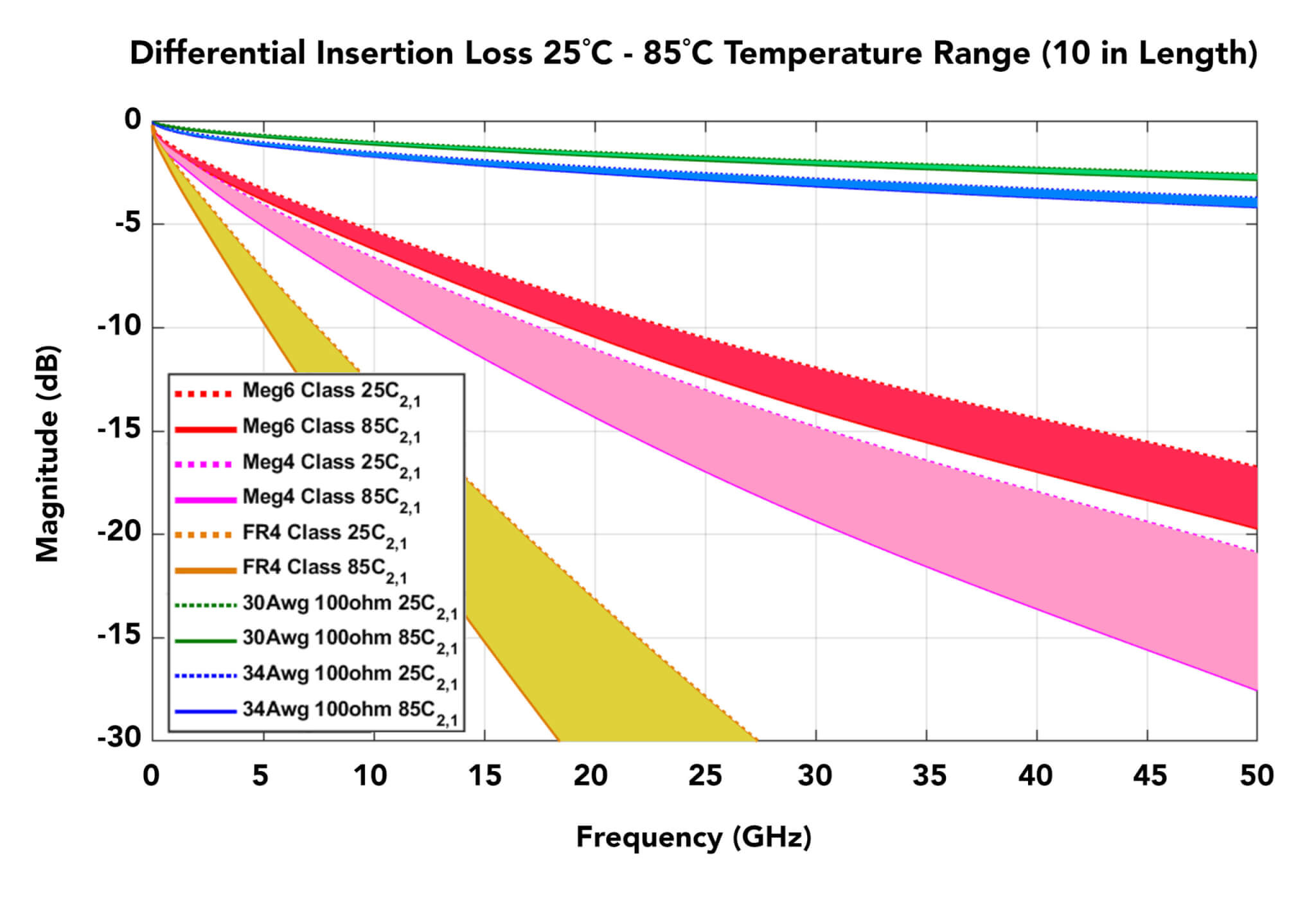
To combat this and allow for usable trace lengths at a higher data rate, multiple expensive “retimer” chips are often required every few inches along the signal path. In short – routing today’s high-speed signals in a PCB is challenging and expensive.
System architects are now using an alternate approach – Samtec Flyover®. Samtec Flyover allows designers to extend signal reach and density to achieve next gen speeds by routing signals through ultra-low skew twinax cable, instead of through expensive, lossy PCBs.
Here’s how it works: In many applications, a Samtec Flyover cable assembly is located next to an FPGA or processor, launching the signal, which travels via discrete or ribbon twinax cable, to another location on the board, or to an I/O connector.
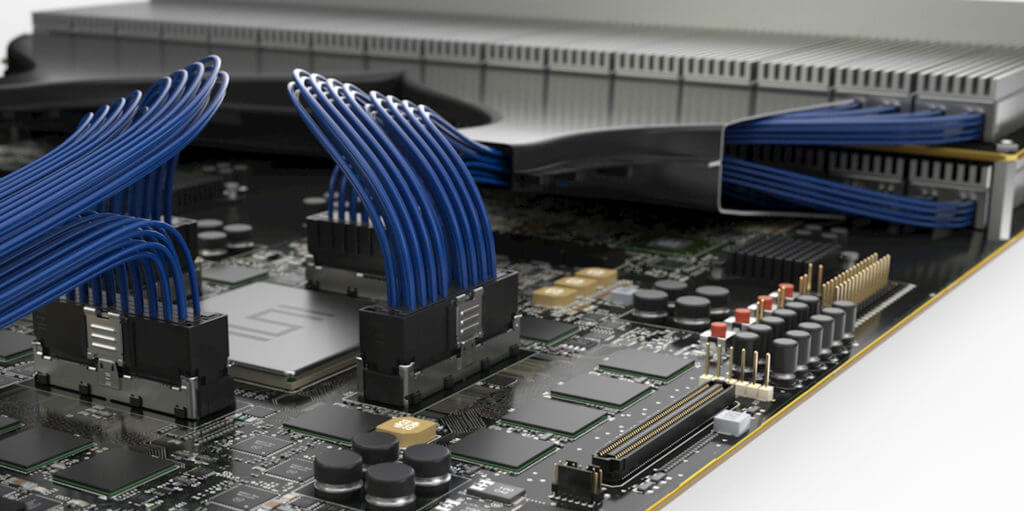
There are many advantages of Samtec Flyover:
- First, customers can achieve those high data rates of 28, 56, and 112 Gbps and beyond.
- Samtec Flyover simplifies board design.
- It can reduce thermal challenges.
- It eliminates expensive retimers.
- PCB layer count is reduced, which also saves costs.
- And designers don’t have to use more expensive PCB materials.
There are many design elements that contribute to Flyover’s performance: high-speed connectors, the cable, transition boards, and PCB routing strategies.
But the impact of the cable on system performance is huge. Eye Speed ultra-low skew cable technology uses co-extruded twinax cable, which improves signal integrity, bandwidth, and reach. This eliminates the performance limitations and inconsistencies of the traditional design of individually extruded dielectric cabling,
Samtec twinax cable boasts the highest performance of any cable in the industry, typically four cable gauges faster than our competitors.
BTW, if you watched the video above with Jignesh and Kevin, you no doubt noticed their professionalism and commitment to quality. They’re all business and keep their noses to the grindstone:
Here’s some other links that may be of interest:
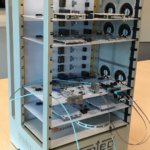
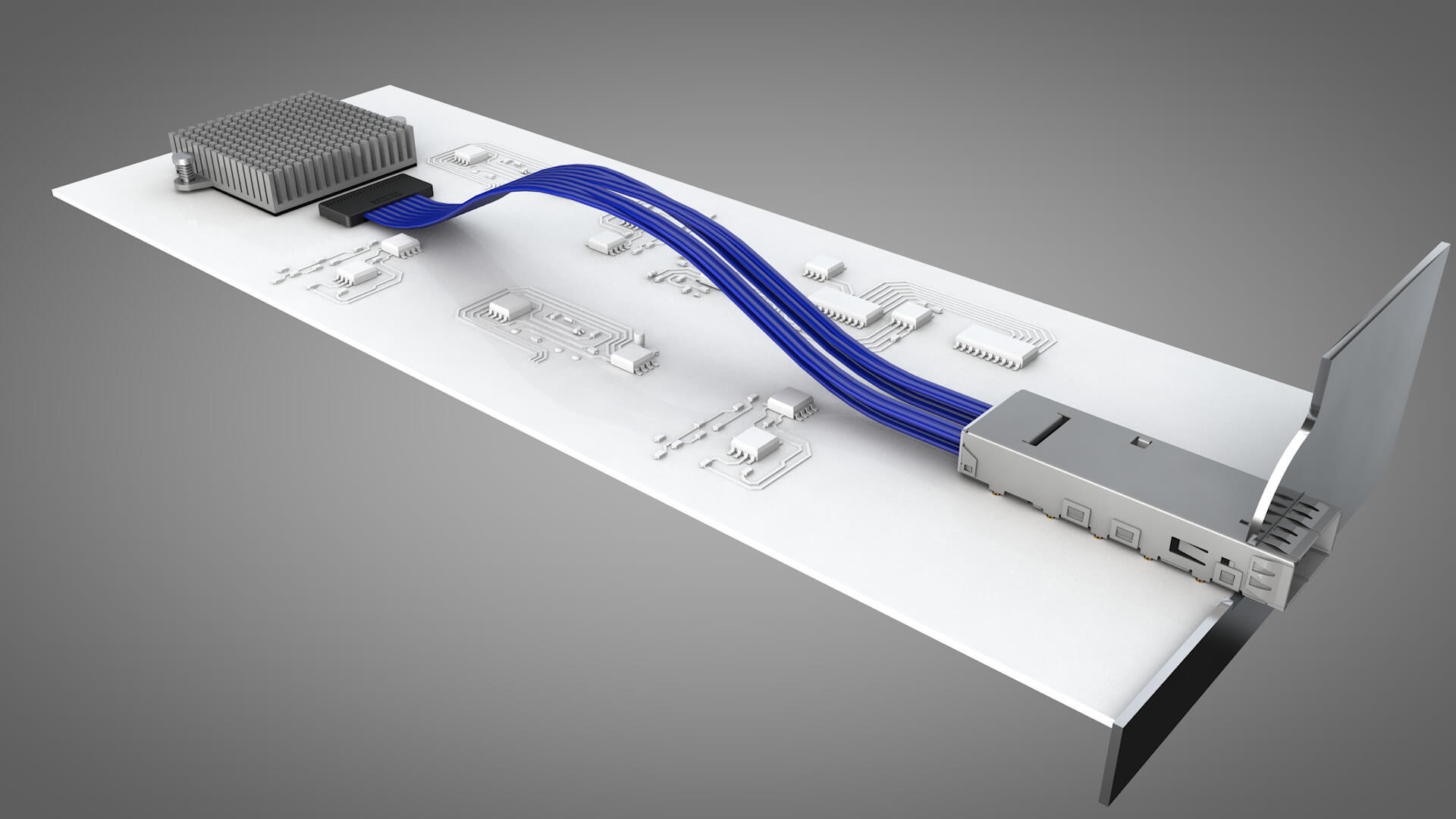
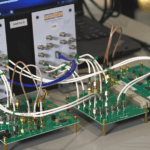
Leave a Reply